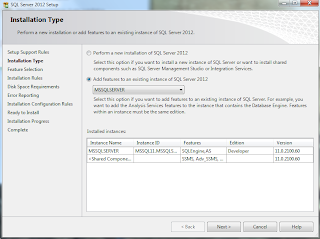Mavenized Java server application and Angular.js frontend application using yeoman
Setting up Angular.js using Yeoman
In Gruntfile.js change application config, so the application is compiled into java resources
Finally add build plugin to pom.xml so the js appliacation and all of its resources are built into your Java resources. Notice that for workingDirectory I'm using my directory 'ui'.
The build should pass and you can deploy your appliacation to a server container of your choosing.
I'm using Spring (along with Spring Boot). A simple controller like this:
Should yield a result like this:
I've based this article on Gunnar Hillert's Botanic-ng and my own experimentation.


Comments
Post a Comment